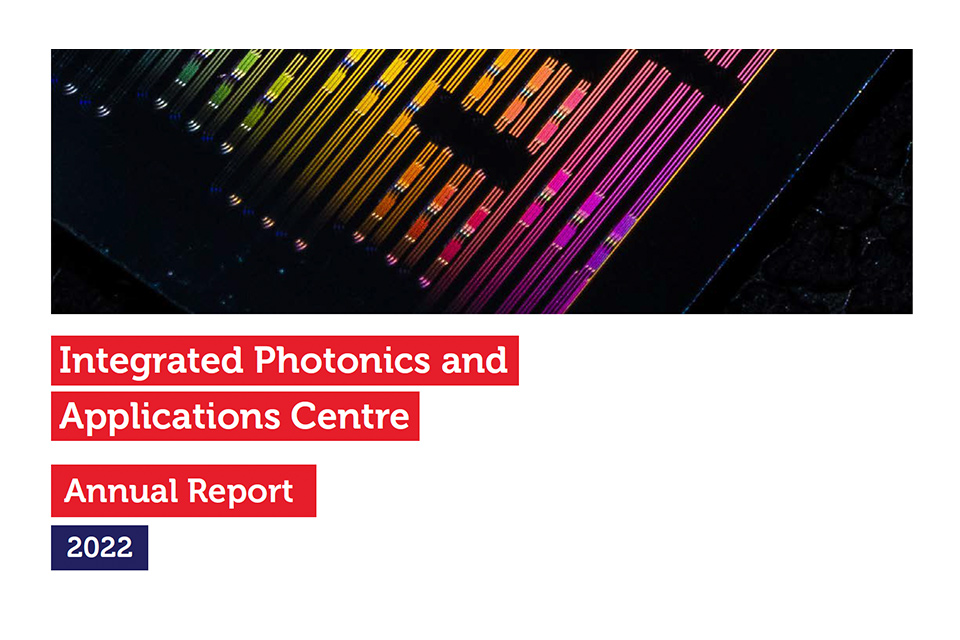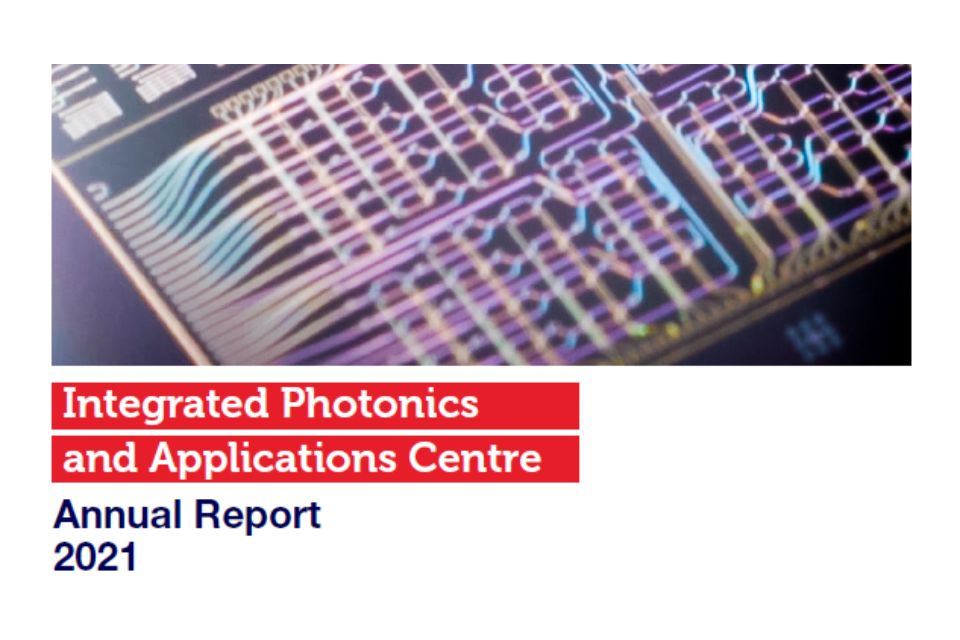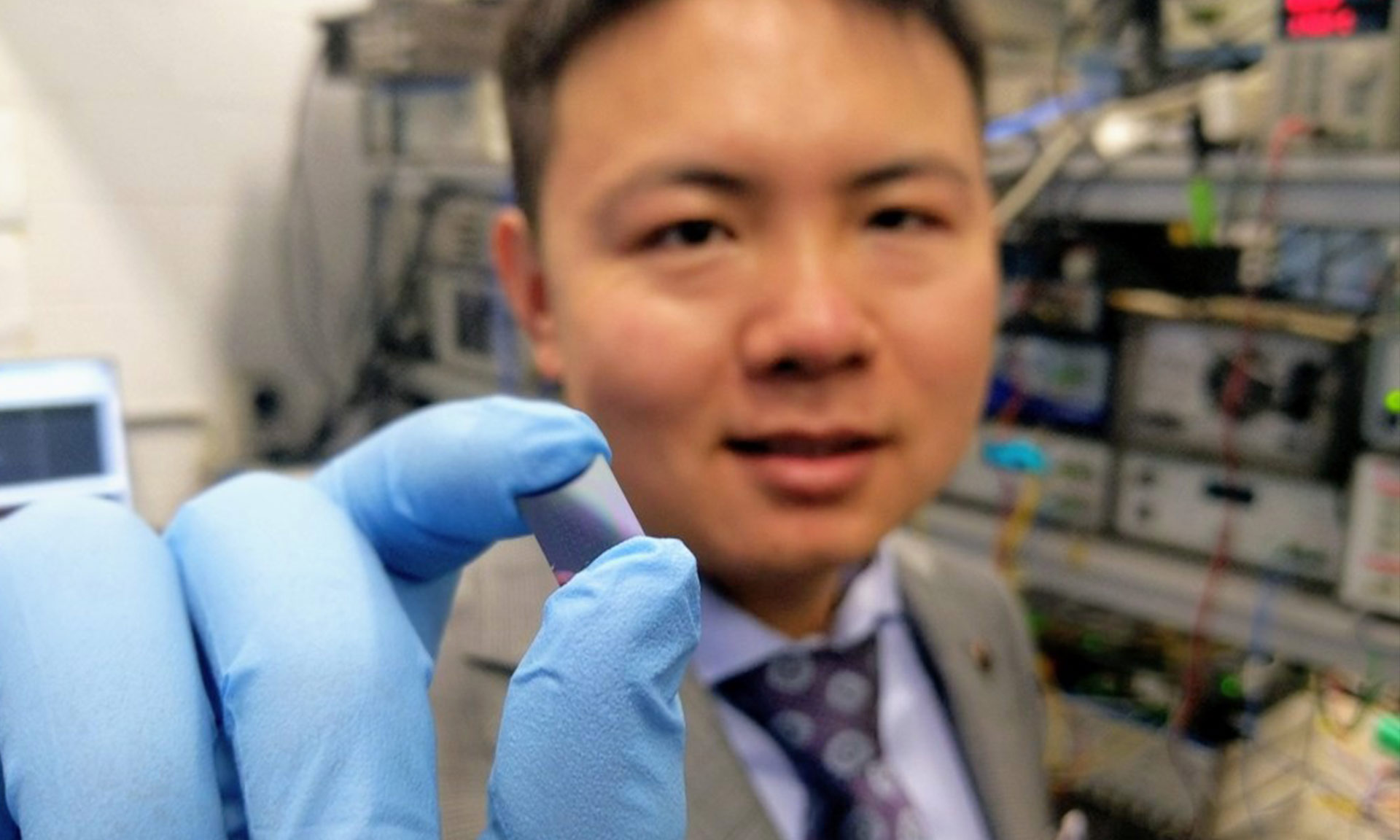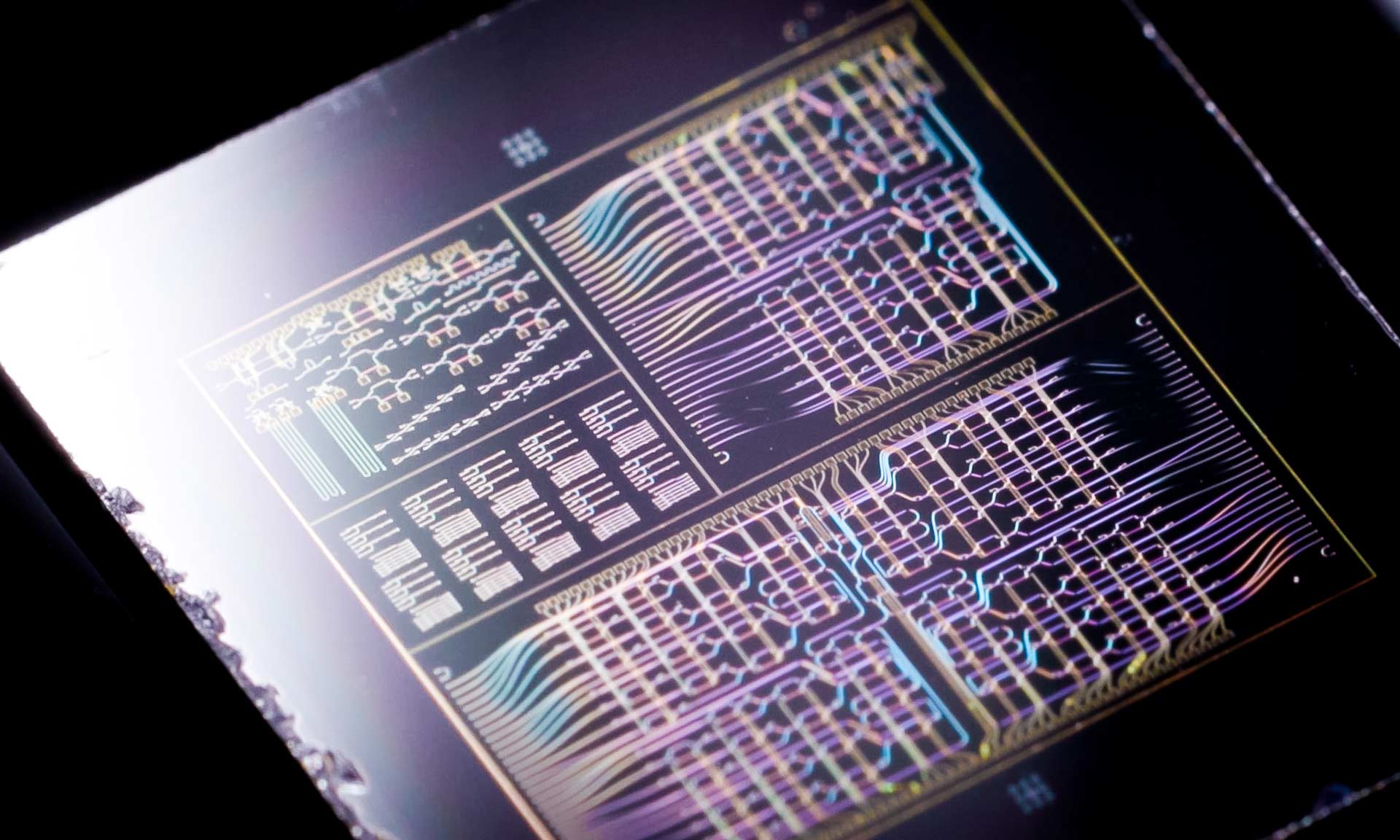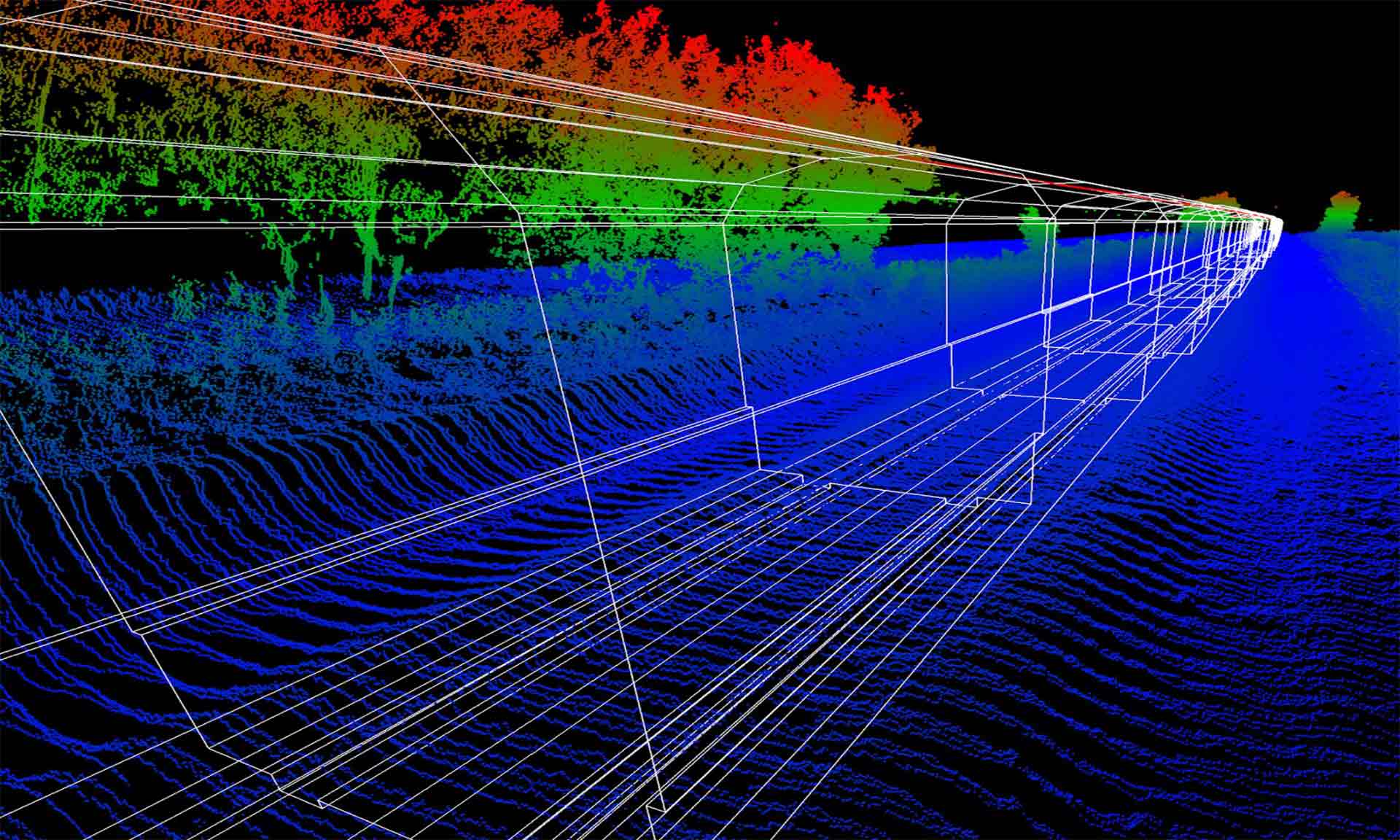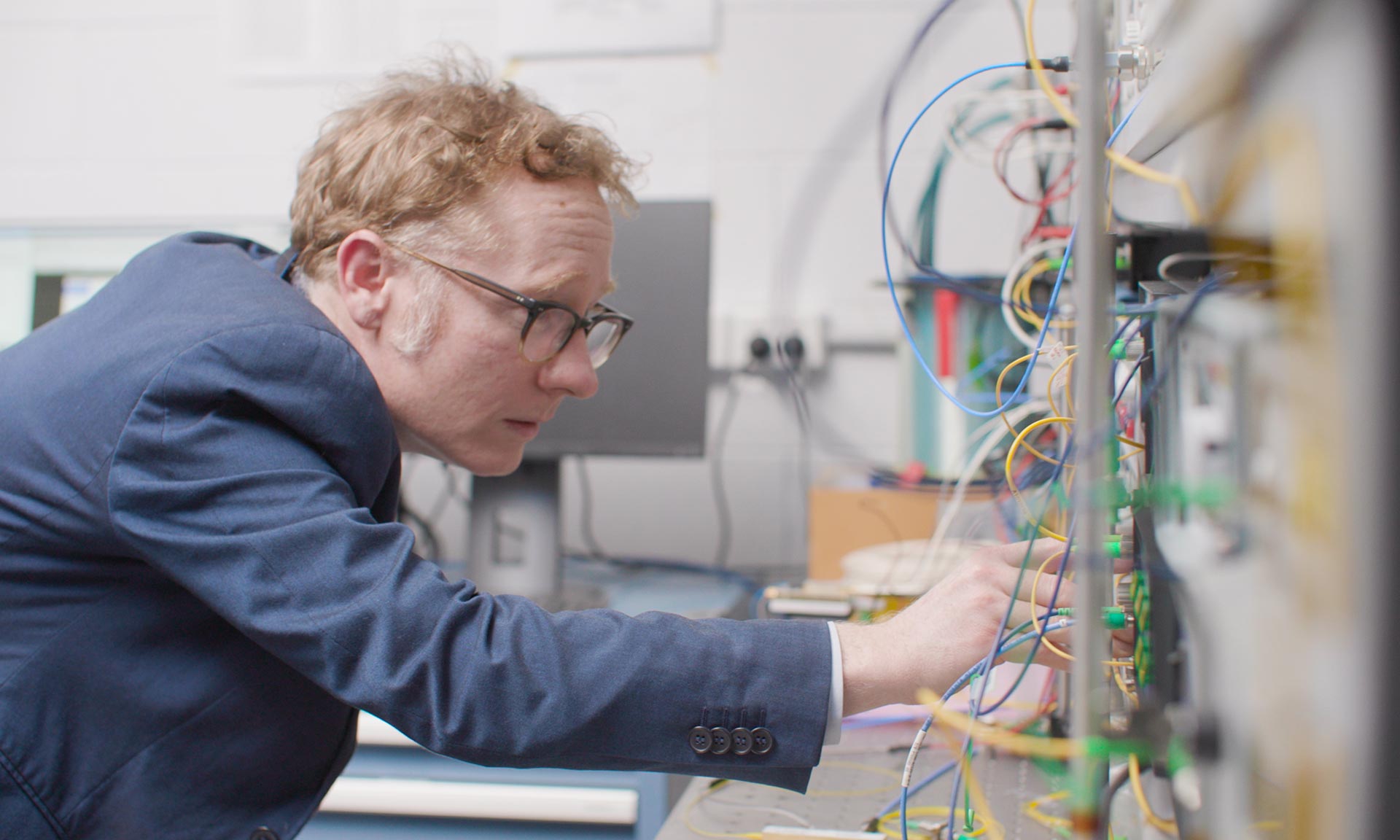Our Centre focuses particularly on integrated photonics – where an entire photonic and electronic circuit can be printed on the surface of a microchip. We require deep insight into fundamental physics, theory and materials science to manipulate photons in structures with sub-micron dimensions, but also the advanced technology and design approaches that can enable these integrated photonic chips to be manufactured at scale. Bridging this gap between breakthrough science and industrial application is where our Centre provides most value – here we can connect researchers with fresh ideas to industry and end-users with important problems in Australia and around the world.
The current state of play
You may not realise how significant photonics is to Australia. The broad range of applications powered by photonics has made it a booming industry, contributing $4.3 billion per year to the Australian economy. This is equivalent to the $4.3 billion farmgate production of the dairy industry in Australia. We knew photonics was important to Australia, but even we were surprised by this finding. This staggering number was found in a report we helped produce with the Australian and New Zealand Optical Society (ANZOS) that surveyed hundreds of Australian and New Zealand companies about their manufactured goods that use photonics. The report also found that the industry employs more than 9,500 people in high-tech, high-productivity jobs. Photonics is poised to expand the country’s manufacturing sector and help drive economic growth.
It is in this context that we have launched the Integrated Photonics and Applications Centre. There is major end-user need for photonics in our own economy and great potential to grow this by harnessing the emerging capabilities of integrated photonics. We just need to find these industries and work with them to learn how integrated photonics can transform the products into world-leading solutions, while reassuring them that taking the first few steps can be quick, inexpensive and have a clear pathway to scale.
At a global scale, photonic chip-enabled industries are predicted to grow exponentially over the coming years. Currently, this is dominated by photonic chips for data centres, but other applications such as sensors are growing rapidly. We see strong interest from Australian industry as well. As you will see in this report, we are currently engaging with industries including Defendtex, MOGLabs, Advanced Navigation, Baraja, Nirtek, BluGlass and many more that are highly interested in photonic chip sensors and we believe this is just the beginning.
This strong interest from Australian industry is crucial to achieve the InPAC vision. We need this ‘pull’ from sectors outside academia to drive and motivate our research and to take our ideas and indeed our research trainees forward to achieve real-world impact. As we build our momentum, I believe that soon we can create a complete world-leading manufacturing base for photonic chips, right here in Australia. Creating and developing a sustainable photonic chip research and industrial ecosystem is a major purpose of InPAC.
The InPAC vision also relies on multi-disciplinarity and diversity. As you will see in this report there is vast multi-disciplinarity across the Centre and I am particularly proud of the diversity in background, career stage and gender of our doctoral candidates. However, as we move forward, we need to work to ensure the same balance is maintained in our early career researchers and our team leaders. We are making some progress here, but we need to do more and this will be a major focus for 2021.
Overall, given the circumstances of our launch year, I think 2020 has been absolutely stellar and I look forward to what’s to come in 2021 and beyond!
– Distinguished Professor Arnan Mitchell, Director of the Integrated Photonics and Applications Centre (InPAC)

